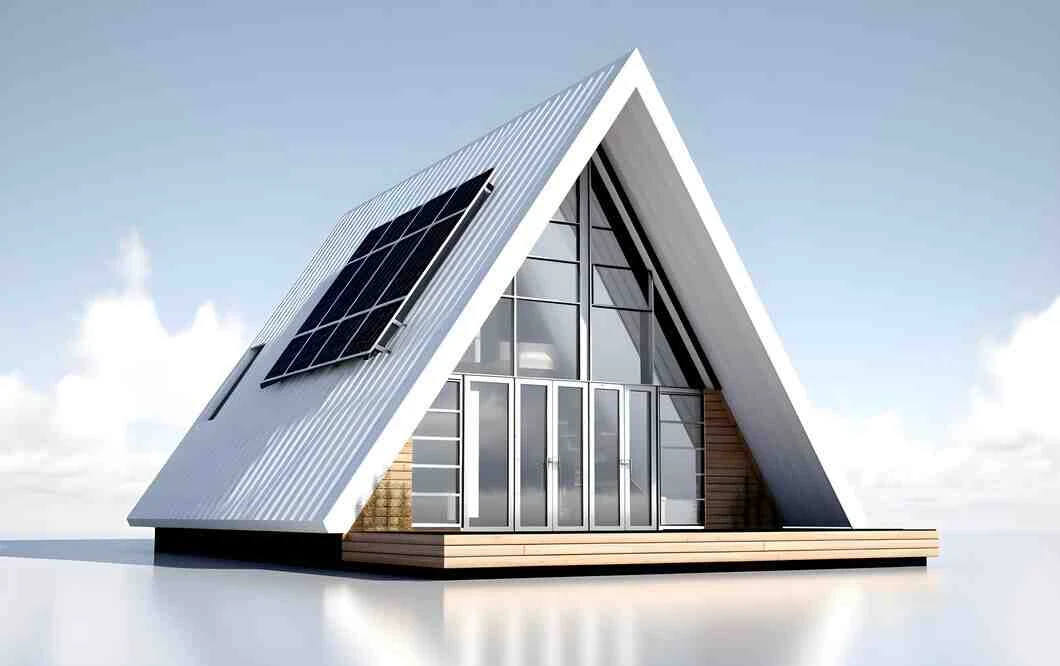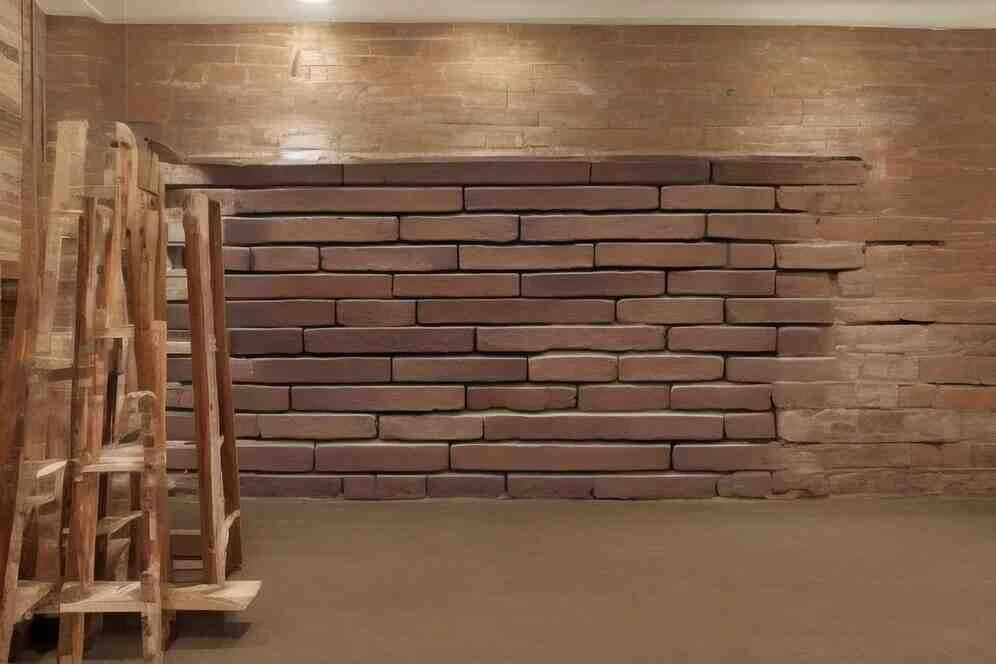
7 stages of Budgeting for Your Architectural Project: Tips and Strategies
Stage 1: Define Your Project Scope and Objectives
Before diving into budgeting, it"s crucial to establish a clear project scope and objectives. This initial step sets the foundation for your budgeting process.
1.1. Project Vision and Goals: Clearly define the purpose, aesthetics, and functionality of your architectural project. What do you aim to achieve, and what are your key priorities?
1.2. Site Assessment: Understand the site"s conditions, constraints, and opportunities. Site-specific factors can significantly impact your budget, so thorough assessment is essential.
1.3. Functional Requirements: Determine the project"s functional requirements and spatial needs. What are the must-haves, and what are the nice-to-haves? Prioritize accordingly.
Stage 2: Assemble a Professional Team
Collaborating with the right professionals can help you make informed budgeting decisions and avoid costly mistakes.
2.1. Hire an Architect: Engage a qualified architect who can translate your vision into a feasible design while keeping budget constraints in mind.
2.2. Consult Engineers and Specialists: Depending on the complexity of your project, consider consulting structural engineers, HVAC experts, and other specialists to ensure the design aligns with your budget.
2.3. Contractor Selection: Choose a contractor with a track record of delivering quality work within budget constraints.
Stage 3: Preliminary Budget Assessment
With a defined scope and a professional team in place, it"s time to create a preliminary budget for your architectural project.
3.1. Cost Estimation: Work with your architect and contractor to develop a preliminary cost estimate based on the project"s scope and design concept.
3.2. Contingency Fund: Set aside a contingency fund, typically 10-20% of the total budget, to cover unexpected expenses or design changes that may arise during construction.
3.3. Prioritize Costs: Prioritize project elements based on their importance to your goals and vision. Allocate a larger portion of your budget to essential components.
Stage 4: Detailed Budget Development
As the project progresses, your budgeting process should become more refined and detailed.
4.1. Detailed Cost Breakdown: Create a detailed cost breakdown that includes line items for materials, labor, permits, design fees, and contingencies.
4.2. Material and Finishing Selection: Select materials and finishes that align with your budget and design vision. Consult with your architect and contractor for cost-effective options.
4.3. Value Engineering: Explore value engineering opportunities to optimize costs without compromising quality or safety. Value engineering can identify cost-saving alternatives in design and materials.
Stage 5: Establish a Budget Management Plan
Effective budget management is critical to keeping your project on track financially.
5.1. Regular Cost Monitoring: Establish a system for tracking project expenses and comparing them to your budget at various milestones. Identify and address any cost overruns promptly.
5.2. Change Order Management: Develop a process for managing change orders, which are inevitable in most projects. Ensure that changes align with your budget and objectives.
5.3. Contract Clarity: Ensure that all contracts with architects, contractors, and consultants clearly define budget responsibilities, payment schedules, and penalties for delays or budget breaches.
Stage 6: Flexibility and Adaptation
In the dynamic world of architectural projects, flexibility is key to effective budgeting.
6.1. Adapt to Changes: Be prepared to adapt your budget and plans if unexpected challenges or opportunities arise. A flexible approach can help you navigate unexpected expenses or design modifications.
6.2. Risk Assessment: Continually assess project risks, such as construction delays or material price fluctuations, and incorporate risk mitigation strategies into your budget.
6.3. Regular Reviews: Periodically review your budget with your project team to ensure that it aligns with current project status and goals.
Stage 7: Post-Construction Evaluation
Once your architectural project is complete, it"s essential to assess the final budget and financial outcomes.
7.1. Post-Construction Audit: Conduct a post-construction audit to compare actual costs with the initial budget. Analyze discrepancies and identify lessons learned for future projects.
7.2. Evaluate Value: Assess the value delivered by your project. Did it meet your goals and expectations? Consider long-term cost savings and benefits.
Conclusion
Budgeting for an architectural project is a multifaceted process that requires careful planning, collaboration, and adaptability. By following the tips and strategies outlined in this blog, you can navigate the financial aspects of your project with confidence, ensuring that your vision is realized within your budgetary constraints. Effective budgeting not only ensures the financial health of your project but also contributes to its overall success and your satisfaction as a project owner.











